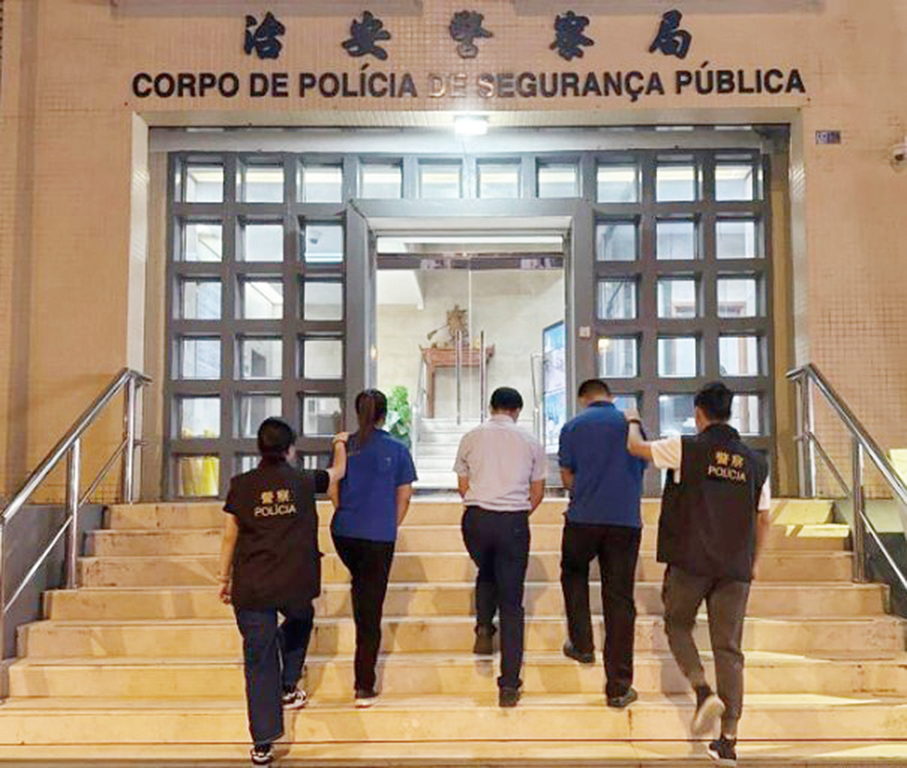Prisca Tang
The Macau New Chinese Youth Association said in a statement yesterday that according to its recent survey around 54 percent of youths hope the government could build more sports facilities and optimise the local sports policy.
According to the statement, the survey was conducted between July 4 and 10, and it had 747 respondents aged between 15 and 34. The findings showed that for those who exercised in the past 12 months, less than a quarter had not been to a government sports facility. The statement also noted that the city’s basketball courts, parks and leisure areas, badminton courts, running tracks, and swimming pools are the most popular public sports facilities. The statement also pointed out that what is most lacking, according to the respondents, are badminton courts, gyms, swimming pools, a water activity centre, and football pitches.
The association said in the statement that due to the fact that the government’s facilities are mainly managed by the Sports Bureau (ID), Municipal Affairs Bureau (IAM), Education and Youth Development Bureau (DSEDJ), the level of information about the facilities varies and the rules are different depending on venues. The statement stressed that the government is lacking a public information platform for residents to display all the data about its public sports facilities. The statement also said that the survey team had purposely created a public facility map, hoping that the government would create a single platform that could be easily accessed by residents for them to conveniently look up the information.
Meanwhile, the statement underlined that many respondents said that people who are doing sport as a recreation or for training professionally constantly need to fight for a slot, adding the respondents said they hoped that the government could build temporary sport centres on plots of idle land.
The association said that according to its findings, it has come up with nine conclusions, such as enhancing sports facilities, building female-friendly sports centres, and creating a training centre to balance different people’s needs.






